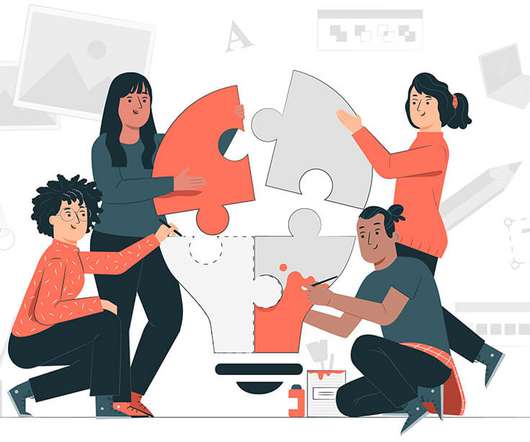The next normal
E-Learning Provocateur
MAY 3, 2020
The COVID-19 pandemic ushered in a new normal for L&D professionals as millions of people were sent home to work remotely. “The one thing I am curious about is the impact of quarantine, social distancing and remote work on memory, cognition, learning and behaviour.
















Let's personalize your content